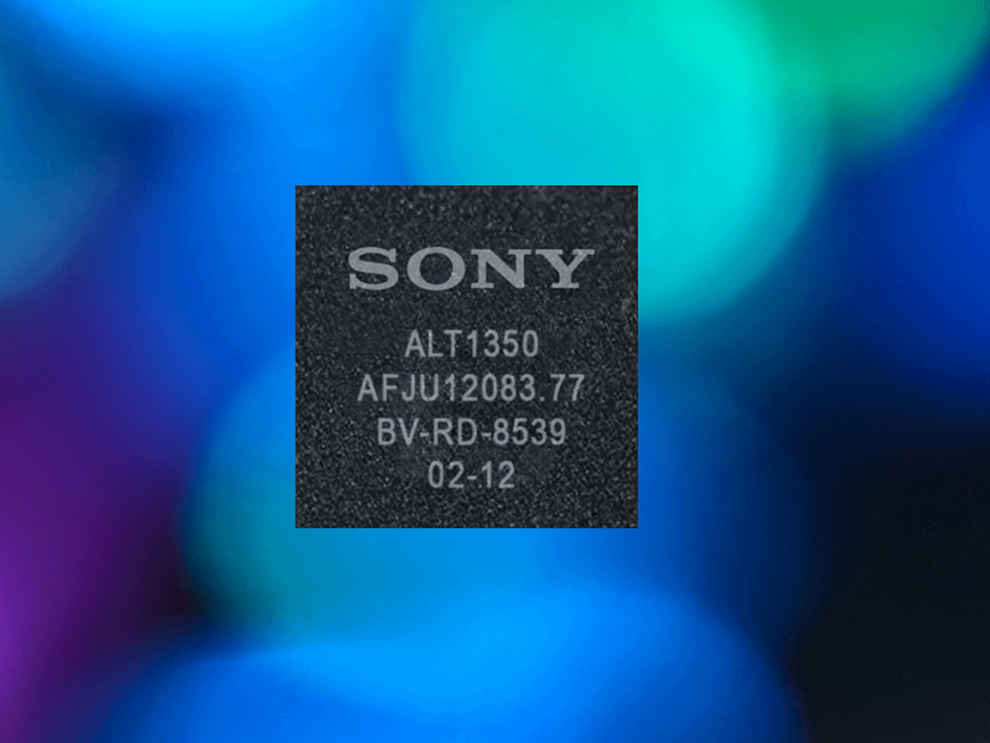
At MWC 2023 this year, we had the chance to have a conversation with Mr Dima Feldman, Vice President, Product Management and Marketing at Sony Semiconductor Israel and he gave us some illuminating insight into Sony's latest chipset for IoT dubbed the ALT1350. This chipset is reportedly the lowest power-consuming 5G cellular solution for IoT products. He have us information about its use cases, power consumption, and much more. Furthermore, we also spoke about the landscape of IoT devices in 2023 and the trends we are seeing in 2023.
Dima Feldman: The ALT1350 is a new generation of silicon. It’s designed to break any power barrier, and we improved the power consumption by a factor of 5-8, depending on the KPI.
This is super-important for smart cities, as many of their devices are battery operated. By taking power consumption considerations out of the equation, developers can deploy more smart devices without trying to figure out how to power them.
We also enabled device-to-device communication in the ALT1350, which includes short range radio and subGHz radio technology. By doing so, devices can connect to the network, connect to each other, or provide coverage for devices that are not in great cellular coverage areas.
With the ALT1350, our vision is for users to deploy devices and we will help find the best way to connect, whether it's cellular or through a mesh network.
One of the focuses of this solution was the asset tracking market. We added various indoor and outdoor location sensing capabilities, as well as an ultra-low power sensor hub to collect and process sensor data such as temperature, humidity, and mechanical shock without waking up the application MCU.
In general, this chipset was built with a vision to integrate the majority of components required to implement a solution into a single chipset.
Dima Feldman: Yes, the ALT1350 supports subGHz radio. If you look at the market today, many of our service providers' customers have developed their own subGHz radio protocols and some of them are using the subGHz radio in conjunction with cellular communication. The ALT1350 was designed in a way where we not only implemented cellular connectivity, but we enabled our customers to add their own protocols inside the device. As a result, it can become a very important part of their existing deployments.

Dima Feldman: Without getting too deep into the numbers, we need to look at the way power is being used by IoT devices. So, one way of looking at it is when the device is in standby mode, where it is waiting for information to come over the network. We call this eDRX, and our KPI is about 5-8 times better than the previous generation of chipsets.
Another KPI is looking at the amount of power that is consumed when the chipset is active. The ALT1350 has improved the power consumption there by a factor of at least four compared to previous generations of devices.
Another important point to optimize is how quickly the device wakes up, sends small amounts of data, and gets back to hibernation mode. In this scenario, we decrease energy consumption by a substantial factor.
Dima Feldman: Yes, our chipsets are capable of satellite connectivity. We work with companies like Skylo and Ligado Networks to develop satellite IT solutions. Currently, this is done with the existing ALT1250 and based on existing modules, but these communications will be supported on the ALT1350 in future as well.
The goal in developing this type of connectivity is to implement satellite connectivity without adding additional hardware. In our vision, we want devices to be deployed without any coverage holes, so in places where there isn’t cellular connectivity or the network is patchy, the devices can communicate over satellite as a backup.
Dima Feldman: This is a great question and also pretty easy to answer since the development cycle is about 12-18 months, so we’ve already seen the designs of everything that is going to be released and shipped this year.
We are going to see an additional shift toward cellular connectivity in the utility segment. Gas meters, water meters, and electricity meters, as well as electric vehicle chargers, are all moving toward more cellular connectivity.
In the asset tracking market, we are seeing more demand for tracking at the pallet and package level, providing more visibility into the supply chain. We are also going to see more regulations coming into play in this area, especially for things like pharmaceutical shipments.










